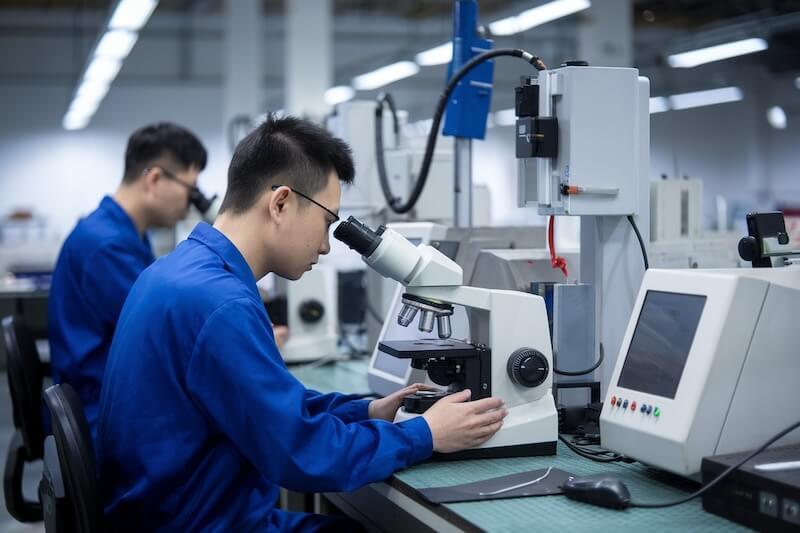Introduction
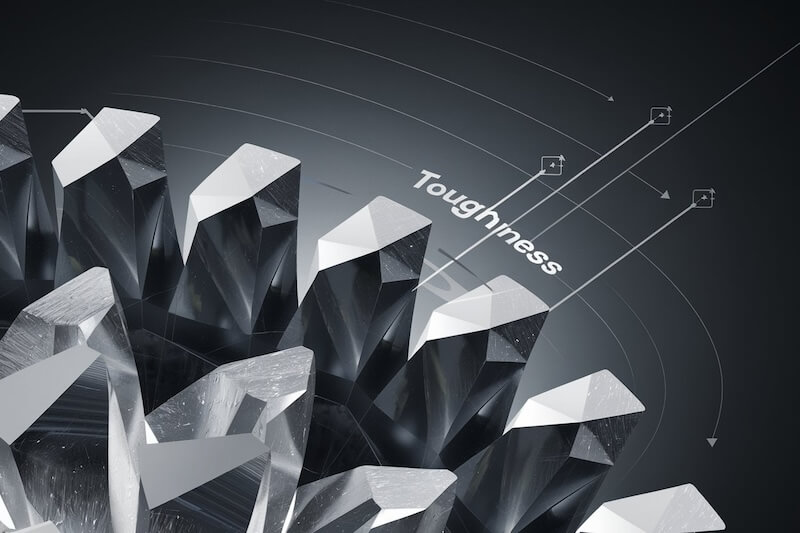
In the highly specialized field of materials science and industrial manufacturing, toughness is a crucial property that determines a material’s ability to absorb energy and plastically deform without fracturing. Within the tungsten carbide industry, understanding and optimizing toughness is essential for producing durable, reliable tools and components that can withstand demanding operational conditions. This article provides a comprehensive definition of toughness, explores its significance in tungsten carbide applications, examines the factors influencing toughness, and discusses practical implications for manufacturing processes.
What is Toughness?
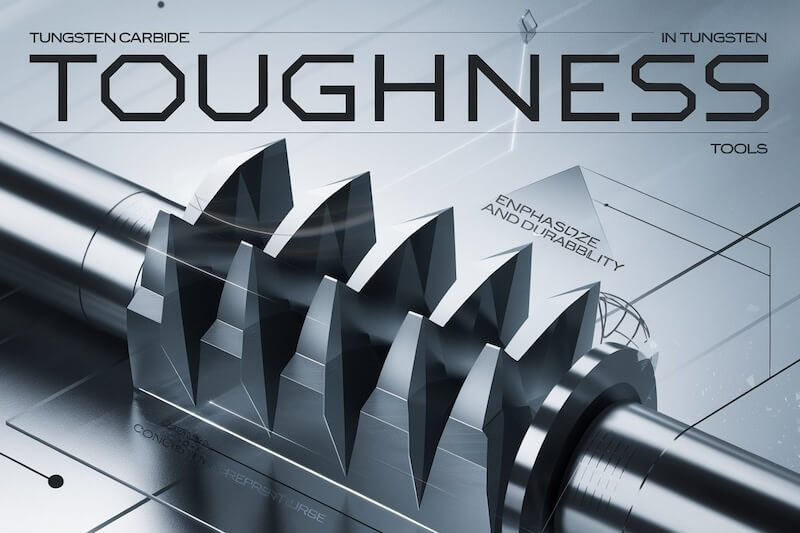
Toughness is a material property that quantifies the ability to absorb energy and undergo significant plastic deformation before rupture. It is a measure of a material’s resistance to fracture when subjected to stress. Unlike hardness, which measures resistance to surface deformation, toughness encompasses both strength and ductility, reflecting the overall durability and reliability of a material under impact or stress.
In the context of tungsten carbide, toughness is particularly important because it balances the material’s exceptional hardness with the ability to resist brittle fracture. This balance ensures that tungsten carbide tools can endure high-impact forces and harsh working environments without cracking or breaking, thereby extending their service life and maintaining performance consistency.
Measurement of Toughness
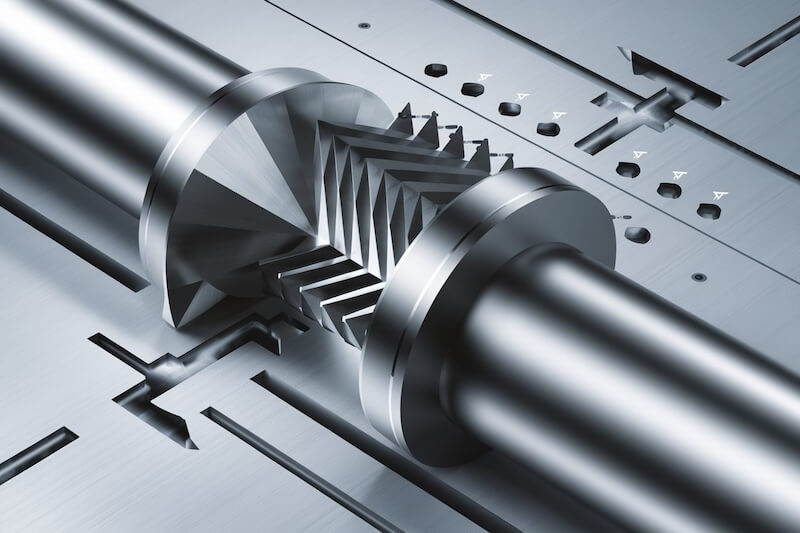
Toughness is typically measured using standardized tests that evaluate a material’s ability to absorb energy before failure. The most common methods include:
1. Charpy Impact Test:
- Description: A standardized test where a notched specimen is struck by a pendulum hammer, measuring the energy absorbed during fracture.
- Application: Widely used for assessing the toughness of metals and ceramics, including tungsten carbide composites.
2. Izod Impact Test:
- Description: Similar to the Charpy test, but the specimen is mounted vertically and struck by a pendulum.
- Application: Used for materials with varying shapes and orientations, providing insights into directional toughness.
3. Fracture Toughness (K_IC):
- Description: Measures the resistance to crack propagation in a material, calculated based on stress intensity factors.
- Application: Provides a more detailed assessment of a material’s toughness, particularly useful for engineering applications requiring high reliability.
Toughness of Tungsten Carbide
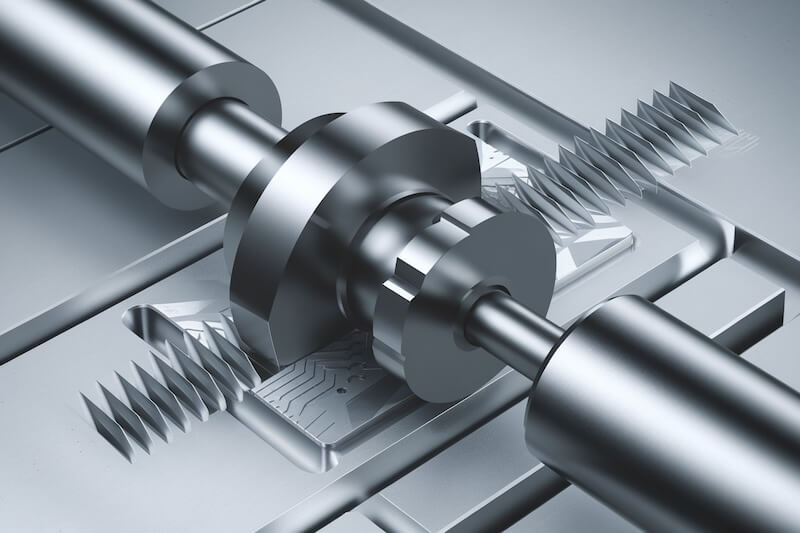
Tungsten carbide is renowned for its remarkable hardness and wear resistance, ranking between 8.5 and 9 on the Mohs scale. However, its inherent brittleness poses challenges in applications requiring impact resistance and durability under stress. To address this, tungsten carbide is often alloyed with a binder metal, typically cobalt, to enhance its toughness without significantly compromising hardness.
Toughness in tungsten carbide is influenced by several factors:
1. Binder Content:
- Role: The binder metal (e.g., cobalt) acts as a ductile matrix that absorbs impact energy, enhancing the overall toughness of the composite.
- Balance: Increasing binder content generally improves toughness but can reduce hardness and wear resistance. Optimal binder levels are crucial for achieving the desired balance between hardness and toughness.
2. Grain Size:
- Impact: Finer grain sizes in tungsten carbide composites contribute to higher toughness by providing more grain boundaries that can deflect and absorb cracks.
- Control: Precision in the powder metallurgy process ensures uniform grain size distribution, enhancing the material’s resistance to fracture.
3. Porosity:
- Effect: Lower porosity levels in tungsten carbide composites enhance toughness by reducing the likelihood of crack initiation and propagation.
- Sintering: Controlled sintering processes minimize porosity, ensuring a dense and tough material structure.
4. Heat Treatment:
- Purpose: Heat treatments such as tempering can relieve internal stresses and improve the toughness of tungsten carbide tools.
- Outcome: Proper heat treatment enhances the ductility of the binder phase, contributing to the overall toughness of the composite.
Significance of Toughness in Tungsten Carbide Applications
Toughness is a vital property that directly impacts the performance and reliability of tungsten carbide tools and components across various industries. Its significance can be observed in several key areas:
1. Impact Resistance:
- Application: Tools used in applications involving high-impact forces, such as mining drills and cutting tools, benefit from enhanced toughness to prevent cracking and breakage.
- Benefit: Improved impact resistance ensures longer tool life and consistent performance under harsh operational conditions.
2. Operational Reliability:
- Application: In high-stress environments like metal machining and aerospace manufacturing, tungsten carbide tools must maintain their integrity to ensure precise and reliable production.
- Benefit: Enhanced toughness reduces the risk of tool failure, minimizing downtime and maintaining production efficiency.
3. Durability in Abrasive Environments:
- Application: Tools used in abrasive environments, such as cement mixers and construction machinery, require toughness to withstand continuous wear and tear.
- Benefit: Tough tungsten carbide wear parts provide prolonged durability, reducing the frequency of tool replacements and maintenance costs.
4. High-Performance Manufacturing:
- Application: Precision manufacturing processes, including CNC machining and microfabrication, demand tools that can maintain sharpness and resist fracture under high precision and minimal tolerances.
- Benefit: Toughness ensures that tungsten carbide tools can endure the rigorous demands of high-performance manufacturing without compromising on precision or quality.
Enhancing Toughness in Tungsten Carbide
To maximize toughness in tungsten carbide tools, manufacturers employ various strategies and advanced manufacturing techniques:
1. Optimized Alloying:
- Technique: Fine-tuning the composition of the binder metal to achieve the optimal balance between hardness and toughness.
- Result: Enhanced energy absorption capabilities and resistance to crack propagation.
2. Advanced Powder Metallurgy:
- Technique: Utilizing high-purity powders and precise sintering conditions to produce dense, uniform composites with minimal defects.
- Result: Improved mechanical properties and increased toughness.
3. Microstructural Control:
- Technique: Controlling grain size and distribution through careful processing to enhance toughness.
- Result: Finer, more uniform grain structures that resist fracture and improve overall material toughness.
4. Surface Treatments and Coatings:
- Technique: Applying coatings such as titanium nitride (TiN) to protect against surface wear while maintaining bulk toughness.
- Result: Tools that are both hard and tough, capable of withstanding abrasive and high-stress conditions without degrading.
Practical Implications for Manufacturing
Understanding and optimizing toughness in tungsten carbide has several practical implications for manufacturing processes:
1. Tool Selection:
- Consideration: Selecting the appropriate tungsten carbide grade and composition based on the specific toughness requirements of the application.
- Outcome: Ensures that tools perform reliably and efficiently under the expected operational stresses.
2. Process Optimization:
- Consideration: Optimizing manufacturing processes, including sintering and heat treatment, to enhance the toughness of tungsten carbide wear parts.
- Outcome: Produces tools with superior toughness, leading to longer tool life and reduced maintenance needs.
3. Quality Assurance:
- Consideration: Implementing rigorous quality control measures to assess the toughness of tungsten carbide tools, ensuring they meet industry standards.
Outcome: Guarantees the reliability and performance of tools, fostering trust and satisfaction among customers.
4. Innovation and Development:
- Consideration: Investing in research and development to discover new alloys, coatings, and manufacturing techniques that further enhance toughness.
- Outcome: Drives continuous improvement and innovation in the tungsten carbide industry, maintaining its leadership in high-performance tooling.
Conclusion
Toughness is an indispensable property in the tungsten carbide industry, complementing the material’s renowned hardness and wear resistance. By understanding the factors that influence toughness and implementing advanced manufacturing techniques to optimize this property, manufacturers can produce durable, reliable, and high-performance tools that meet the stringent demands of various industrial applications. Enhancing toughness not only extends tool life and reduces maintenance costs but also ensures consistent operational reliability and superior product quality.
As industries continue to evolve and demand higher performance standards, the role of toughness in tungsten carbide will remain critical. Manufacturers that prioritize toughness in their tooling solutions will achieve greater operational efficiency, cost-effectiveness, and competitive advantage, solidifying tungsten carbide’s position as the material of choice for high-performance wear parts tools.

